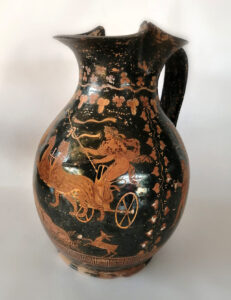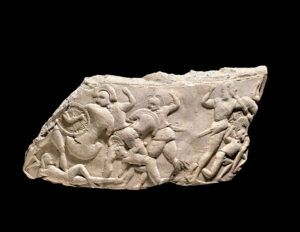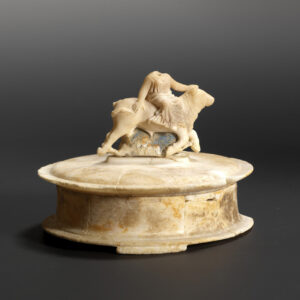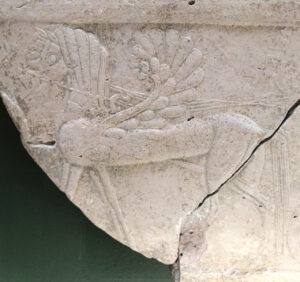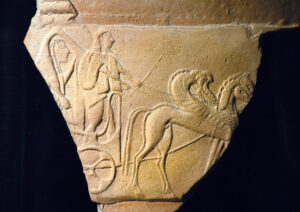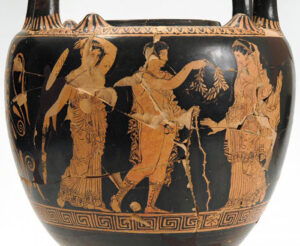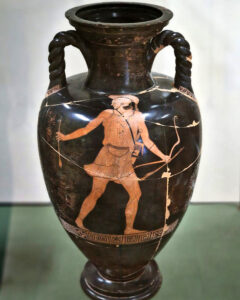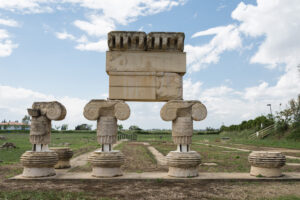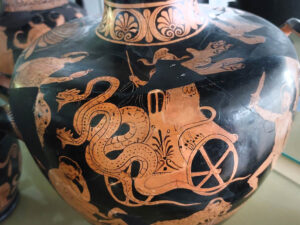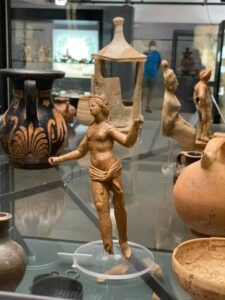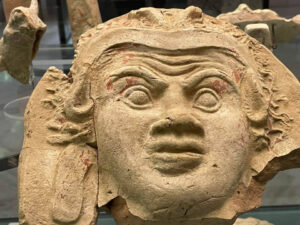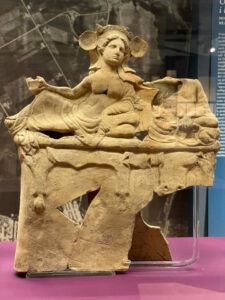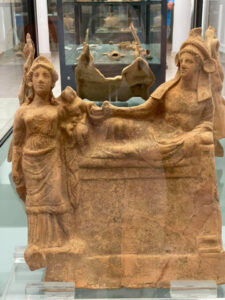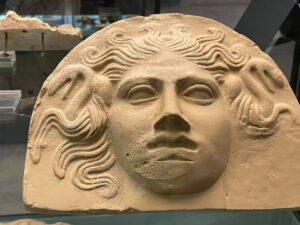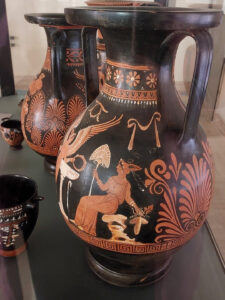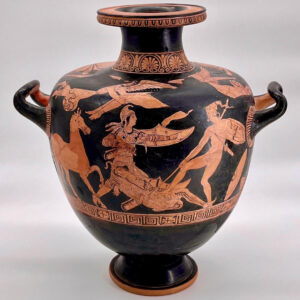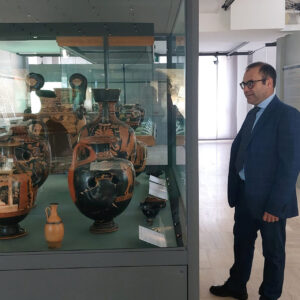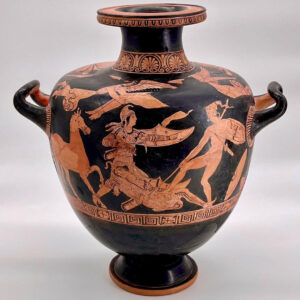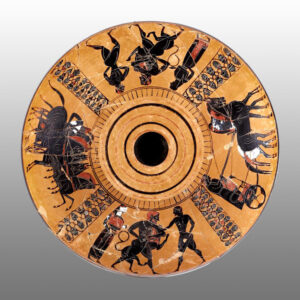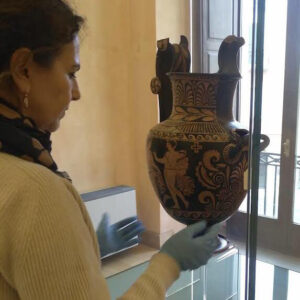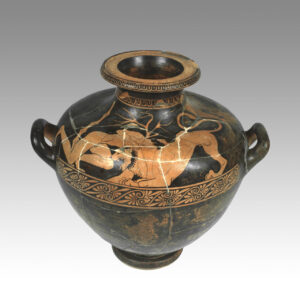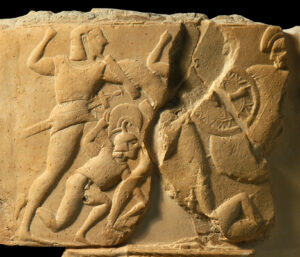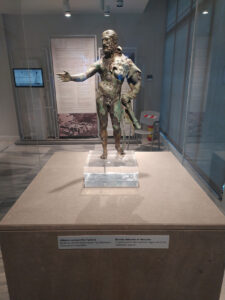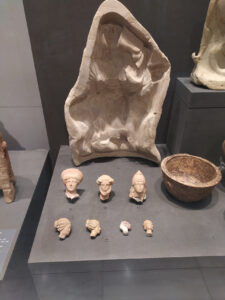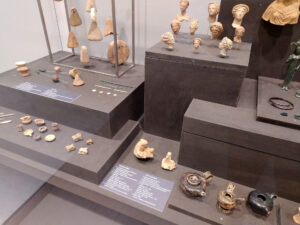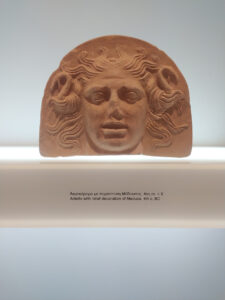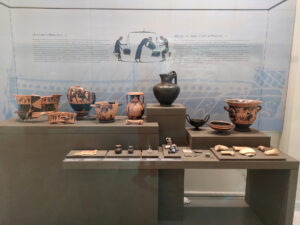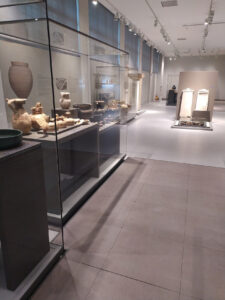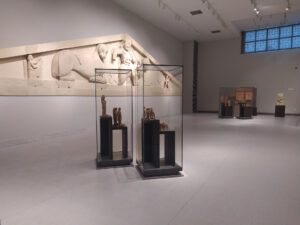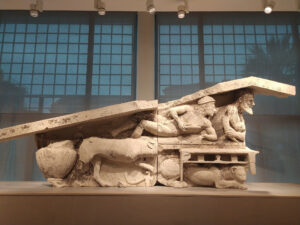The National Archaeological Museums of Metaponto, the Siritide of Policoro and the "Dinu Adamesteanu" of Potenza are the three Lucanian sites identified as places of implementation of the MagNet project, to which must be added to the Greek site of the Archaeological Museum of Corfu, all related by an only common thread: Magna Graecia.
The Adriatic-Ionian region (AIR), in fact, is rich in museums and archaeological areas of extraordinary beauty. Among these, those relating to the Lucanian district of Magna Graecia (the Lucanian areas of Metapontino and Siritide) where, between the VIII and the V century BC, some colonies of Magna Graecia developed: Metapontum, Siris and Heraklea, which play an important role in the study of the connections between the Lucanian and Greek territories to which they are naturally linked. This is a peculiar element of territorial identification and culture that must be preserved and at the same time valorized and promoted.
Both areas in which the project partners are jointly located by a single identity matrix that saw the birth and development of the Greek and Magna Graecia civilization of the overseas colonies. The indigenous populations and navigators from these two Mediterranean territories have woven continuous exchanges between them by designing the geography of this area constituted on one side by the Ionian district and on the other by the Peloponnese Greek cities.
The most evident testimony of the contacts between the two civilizations and between the two shores of the Mediterranean is given by the presence of a widespread museum and archaeological heritage, such as that present in the Lucanian area of Magna Graecia, which, if adequately rediscovered, valorized and placed on a network, can contribute to the creation of new sustainable tourism products and services.
METAPONTO
The National Archaeological Museum of Metaponto, inaugurated in 1991, took the place of the Antiquarium of the so-called "Tavole Palatine" which, starting from the 60’s of the last century. The Museum collected and preserved the archaeological materials of the ancient city of Metaponto.
The exhibits also come from the Italian centers of Pisticci, Ferrandina, Craco, Cozzo Presepe, Termitito and from a series of other sites that allow us to follow the historical development of an important area that has always been a cultures crossroad.
The testimony of a constant contact with the Greek populations is given, among others, by the most ancient finds that attest to the coexistence between the indigenous populations and the Mycenaean sailors at the Termitito sul Cavone site during the Bronze Age. Furthermore, the extraordinary pottery of the Greek crowned "richly decorated according to the styles widespread in Greece" (VII century BC), refers to a period of coexistence of the local Enotrian nuclei with the groups of Greeks, who left from different places in the Aegean, before the foundation of Metaponto.
Belonging to the Museum of Metaponto are also the two archaeological areas of the Heraion of the Palatine Tables and the Archaeological Park of the Urban Area of Metaponto, which preserves the structural remains of the ancient Magna Graecia centre.
POLICORO
The National Archaeological Museum of Siritide of Policoro was inaugurated on October 1969 and originally thought as an Antiquarium meant for the exhibit and vases from the very rich "Tomb of the Painter of Policoro" retrieved in 1963, and from the first excavations carried out within the Ancient City perimeter.
In 1964, with the establishment of the New Superintendence of Antiquities of Basilicata, the then Superintendent Dinu Adamesteanu transformed the initial project of the Antiquarium into the National Museum of Siritide. The Policoro site is located within the archaeological area corresponding to the site where the Greek-eastern colony of Siris (the oldest Greek colony on the Basilicata Ionian coast) and subsequently, the polis of Herakleia, founded in Taranto in 433 BC.
POTENZA
The National Archaeological Museum of Basilicata, located in Potenza, was inaugurated in 2005 and is dedicated to Dinu Adamesteanu, "founder of Lucanian archeology" and first Superintendent of Antiquities of Basilicata (1964-1977).
The museum, which proposes itself as the "museum of the region" was born with the intention of being a showcase for the other national archaeological museums present in the Basilicata area, with particular attention to the central-northern area and the important settlement of Vaglio di Basilicata. Among the others, the museum houses the main evidence of the Ionian coast, dating back to the Iron Age and coming from the sites of Incoronata - San Teodoro di Pisticci and Santa Maria d'Anglona di Tursi. Moreover, it houses also significant finds that emerged from the excavations of the "palace" of Torre di Satriano, related to a princely indigenous residence (mid-4th and 5th century BC).
CORFÙ
The Archaeological Museum of Corfu in Greece was built between 1962 and 1965 in order to house the archaeological finds of the Temple of Artemis, a sacred building in the Doric style dating back to 590/580 BC. and discovered during the Napoleonic wars. It is a temple of considerable importance because it is the only one, in addition to the Parthenon in Athens, to have two rows of eight columns surrounding the internal cell. Of notable beauty is the pediment of the Temple which depicts a winged Gorgon flanked by two panthers and by his children Pegasus and Crisaore, while on the sides of the representation there would be scenes taken from Greek mythology. This is the find, known as the Gordon Pediment, to which the construction of the entire Archaeological Museum of Corfu is linked.
Together with this splendid example of sculpture there are many other finds: from the evidence of the Neolithic era to the remains of sacred buildings from the Greek era, but also many bronze statuettes, copper and ivory objects, ceramics and a large collection of ancient coins. Above all, the famous "Lion of Menekrates", a sculpture that can be dated around the end of the 7th century BC. Since it was found near the tomb of the warrior Menekrates, archaeologists thought that the feline has been placed to protect the burial itself.

